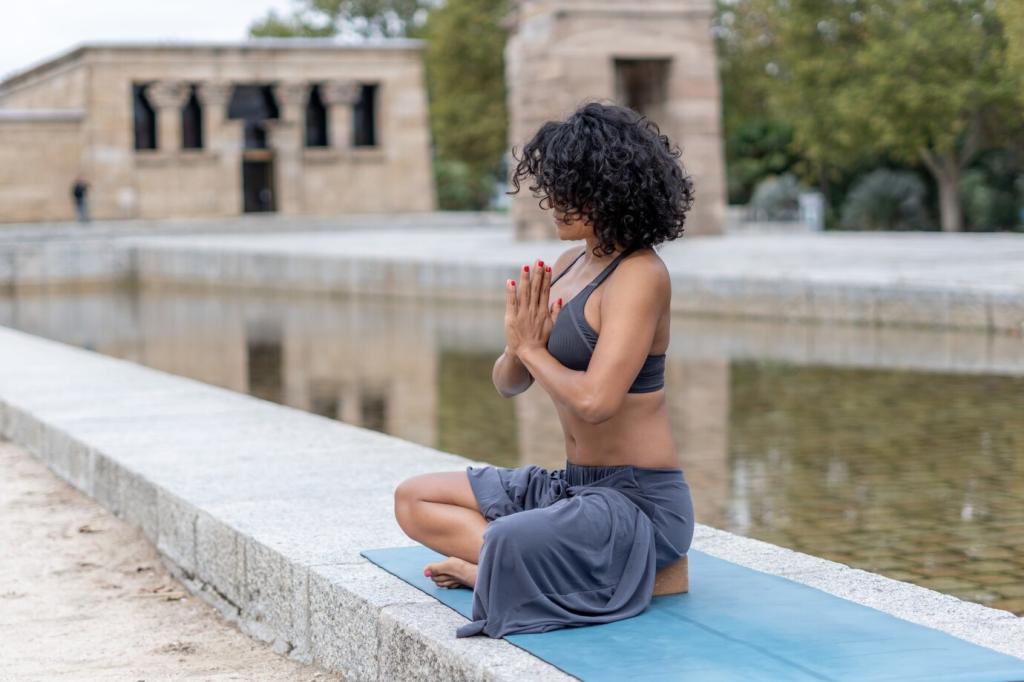
The Mindful Gaze: Meditation with Renaissance Portraits
Chosen theme: The Mindful Gaze: Meditation with Renaissance Portraits. Welcome to a home page dedicated to slowing down, breathing deeply, and meeting painted faces with presence. Here, we discover how Renaissance portraits become gentle teachers of attention, empathy, and inner steadiness. Subscribe and join our weekly mindful-looking gatherings.
Arriving in Stillness: How to Practice Mindful Looking
Breath Meets Brushstroke
Stand or sit comfortably before a portrait, and exhale longer than you inhale. Notice how the sitter’s lips, eyelids, and shoulders echo your breath. Let each brushstroke synchronize with your pulse. If your mind wanders, return to one luminous edge where paint meets light.
Soft Eyes, Sharp Attention
Release the urge to scrutinize. Soften your gaze to see the whole, then gently narrow attention to a single detail: a cuff, a ring, a glinting pupil. Alternate wide and focused seeing, allowing awareness to feel both panoramic and precise. Comment with the detail that held you longest.
A One‑Minute Reset in Front of a Portrait
Set a timer for sixty seconds. During that minute, breathe, notice posture, and silently name colors without judging them. When the timer ends, ask: What changed in me? Write down one felt shift—calmer shoulders, slower heart, steadier gaze—and share it to encourage other mindful viewers.
Eyes That Meet You: Gaze and Presence in Renaissance Portraiture
In Leonardo’s portraits, edges dissolve like exhaled mist. Let your attention hover where form turns to air, and notice anxiety soften. Sfumato invites a kinder focus, teaching patience between sharpness and blur. Journal a sentence about how that tender transition altered your breathing rhythm.
Eyes That Meet You: Gaze and Presence in Renaissance Portraiture
Raphael’s sitters often radiate balanced, serene alignment. Mirror their posture for three breaths, feeling spine, chin, and shoulders arrange themselves into quiet dignity. Sense a wordless dialogue arise. What message arrived without language? Post your reflection to deepen our collective conversation about mindful presence.
Eyes That Meet You: Gaze and Presence in Renaissance Portraiture
Bronzino’s polished surfaces can feel aloof, yet they sharpen attention like morning air. Notice the exactness of satin folds and crystalline light. Rather than seeking warmth, meet precision with patience. How does contemplative neutrality help you see more? Share your insight and a photo of your viewing setup.
From Gallery to Home: Creating a Renaissance Meditation Corner
Place your chair where natural light moves gently across the image, revealing textures without glare. Silence helps, but so does a consistent routine. Sit at the same hour for a week and notice how the portrait’s mood shifts with daylight. Tell us your preferred time and why.
From Gallery to Home: Creating a Renaissance Meditation Corner
Choose a high‑quality print whose gaze you’re willing to meet repeatedly. Frame it simply, at eye level, and treat it like a companion rather than decor. Before each session, touch the frame briefly and set an intention: clarity, kindness, or courage. Share your chosen intention to inspire others.
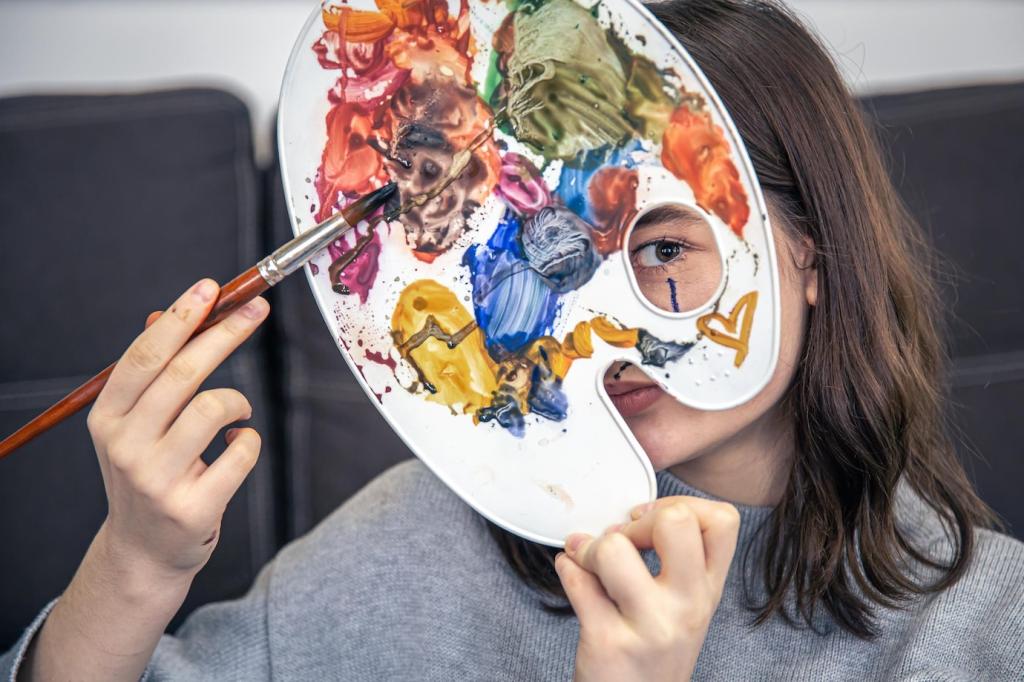

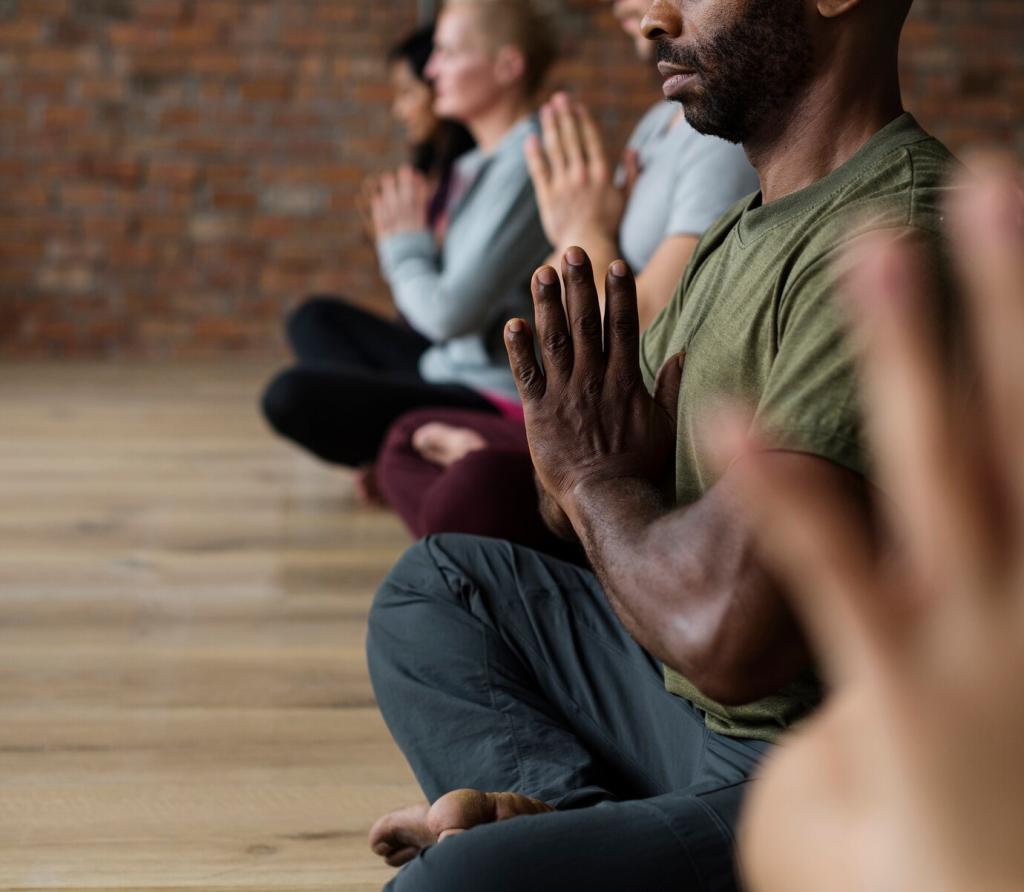
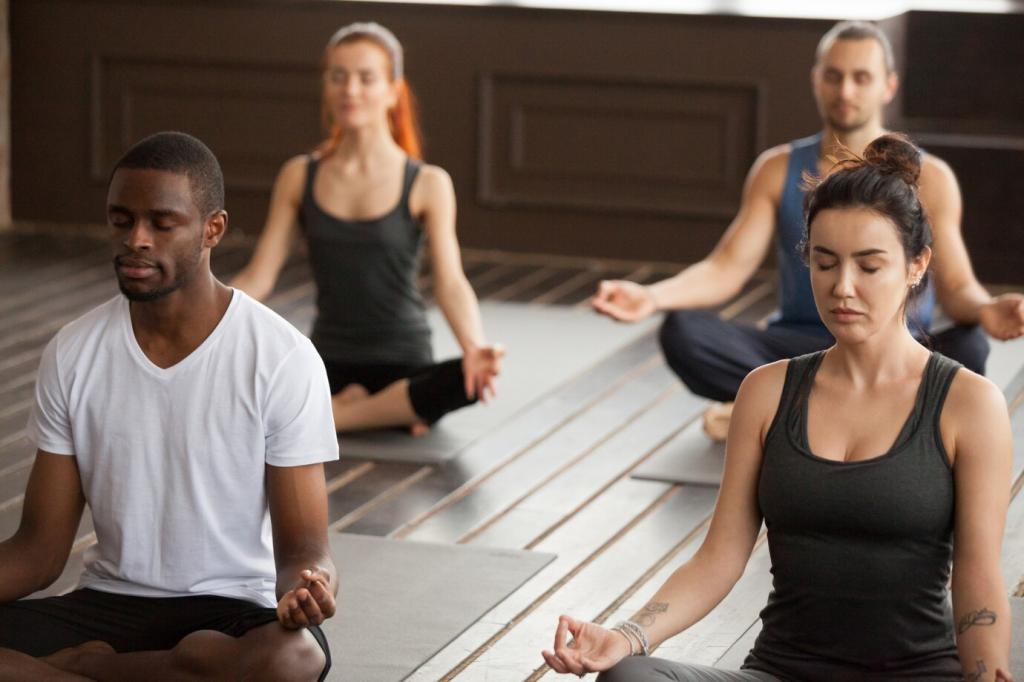
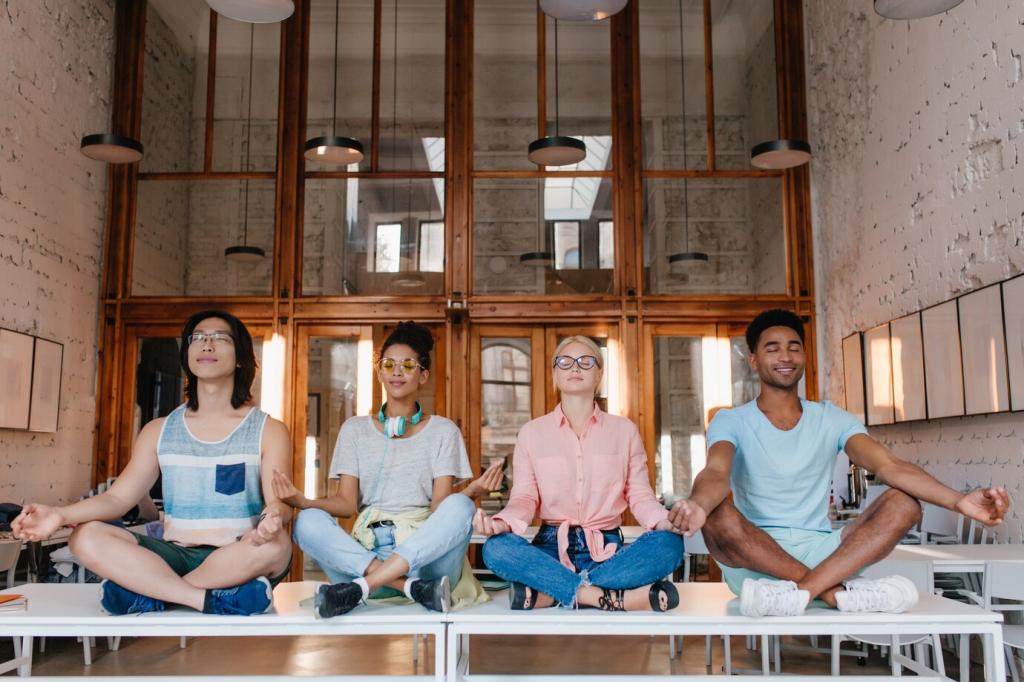
Slow Looking Rituals: A Weekly Practice Plan
Monday: One Detail Devotion
Choose a single square inch—an eyelash, brocade knot, or delicate ear shadow. For five minutes, breathe and witness only that space. When distraction arises, return kindly. Note how devotion to smallness expands your sense of time. Share a photo or sketch of the exact detail you explored.
Wednesday: Color as Breath
Pick one dominant hue—ultramarine, carmine, or verdigris. Inhale naming the color, exhale naming the feeling it awakens. Let the pigment guide your pace. Afterward, write three words that capture its emotional temperature. Post your triad and read others’ to discover new palettes of presence.
Sunday: Compassion for the Sitter
Spend seven breaths silently wishing the sitter well: May you be safe, peaceful, and free from fear. Notice how your chest softens and the portrait’s atmosphere changes. Journal one sentence on how compassion altered seeing. Invite a friend to try and report back their experience.
Headphones, Corners, and the Back Row
Noise‑canceling headphones, a quiet corner, and standing slightly off‑center create surprising silence. Look from the back first to feel composition, then step closer. If interrupted, smile, step aside, and return. Comment with your favorite museum corner that reliably supports steady attention.
Ten Steps Back, Then Closer
Try this sequence: ten steps back to absorb proportion, five steps forward to meet the gaze, then one deep breath before studying a single detail. This rhythm stabilizes attention. Tell us which distance offered the most insight and how it changed your relationship with the sitter’s presence.
Leaving a Note for the Future You
After viewing, write a brief note on your phone describing one felt sensation and one discovered detail. Read it before your next visit to reenter the same attention quickly. Share a line from your note to help others design their own mindful viewing prompts.

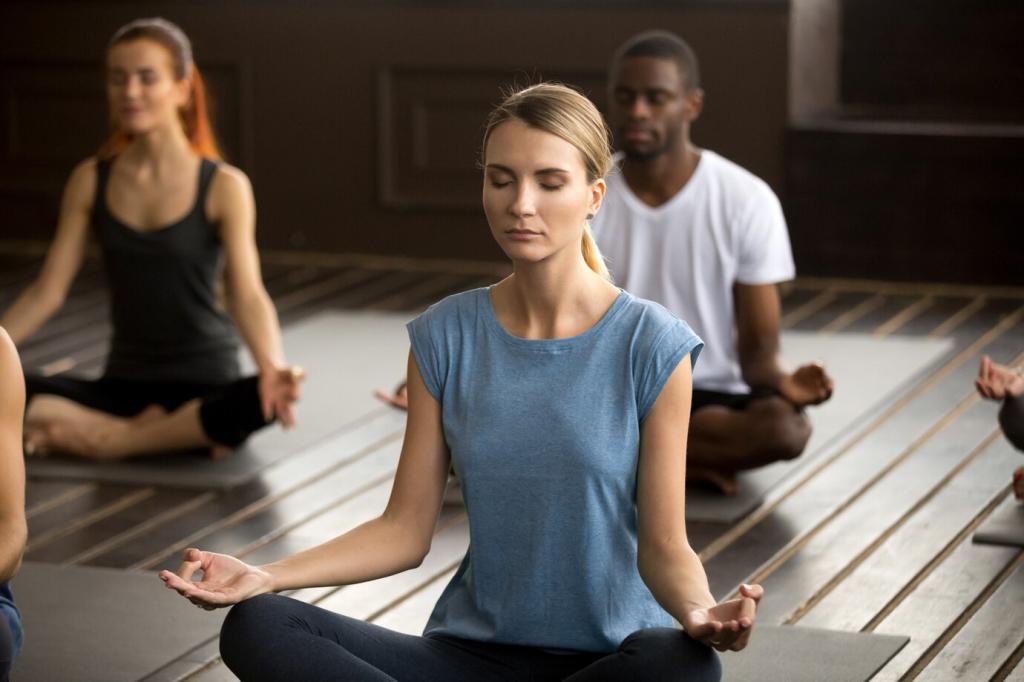
Three Questions to Anchor Reflection
Ask: What did I feel in my body? What detail held me? What kindness emerged? Answer in three short lines to keep the process light yet steady. Share your trio to encourage another reader to begin tomorrow with a curious, compassionate gaze.
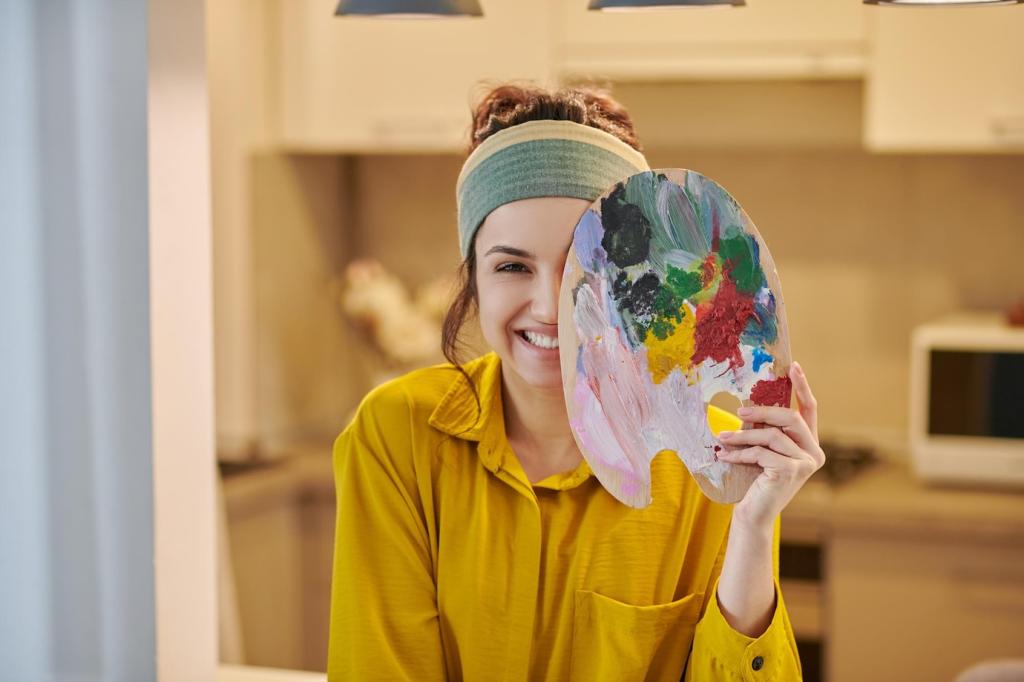
Post and Connect
Upload a photo of your viewing setup or a sketch inspired by a portrait. Add a sentence about how your breath influenced what you noticed. Engage with two other posts, offering specific, generous feedback. Follow for weekly prompts curated around Renaissance sitters with compelling, contemplative eyes.
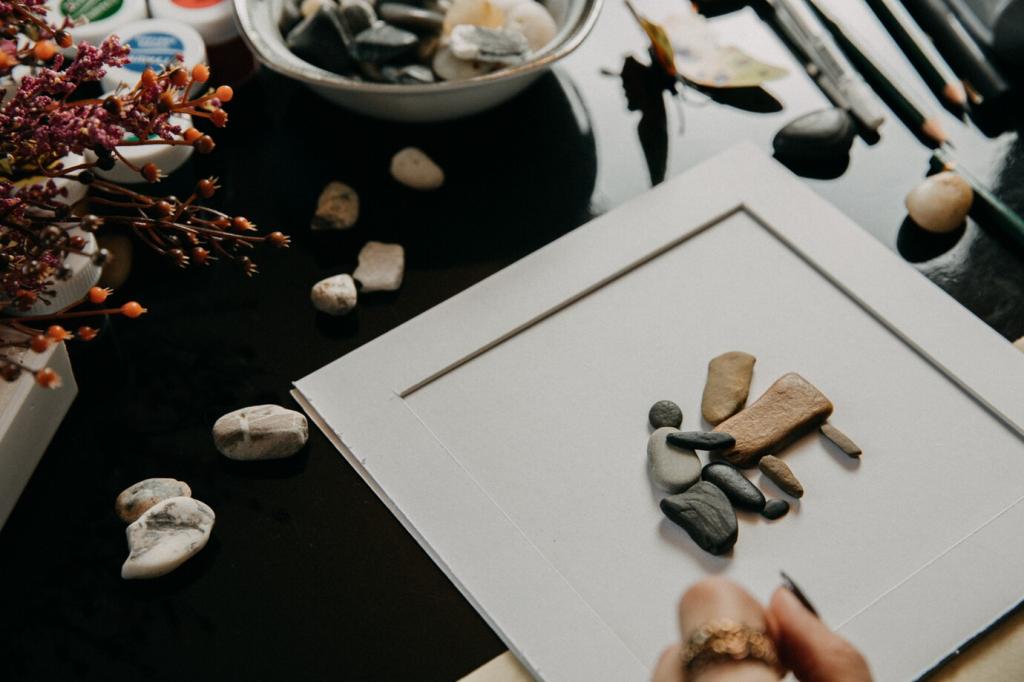
Monthly Collective Sit
Join our live, thirty‑minute slow‑looking session focused on a single Renaissance portrait. We breathe together, share quiet notes, and gather questions for deeper inquiry. Subscribe to receive the link and suggest future portraits you’d love to contemplate as a community.
